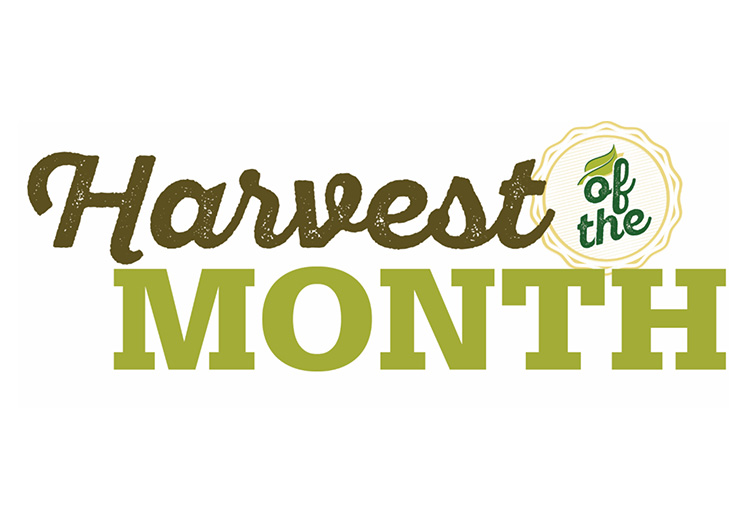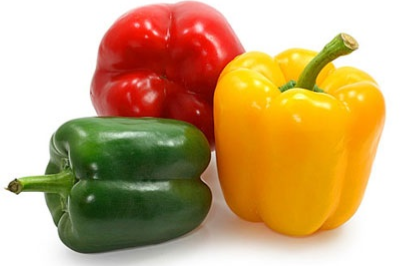Fitness & Nutrition, Featured

Ways to Eat Bell Peppers
- Wash bell peppers and cut them into strips.These can be kept in the fridge and eaten raw. Dip them in hummus or guacamole for a healthy snack.
- Add diced bell peppers to soups and salads.
- Sauté and season bell pepper strips for a great side dish.
- Sauté bell peppers with onion strips and sliced portabella mushrooms. Season with fajita seasoning and serve in a tortilla.
Selecting and Storing Bell Peppers
- Look for bell peppers that are shiny, with no blemishes or wrinkles in their skin.
- Choose bell peppers that are firm.
- Store bell peppers in an airtight plastic bag or container in your vegetable crisper.
- Bell peppers will stay fresh longer if stored whole. If you cut them, use them within a few days for best results.
- Do not expose bell peppers to moisture or they will rot.
Bell Peppers and Nutrition
- One red pepper provides you with over 200% of your daily vitamin C. It is a better vitamin C source than oranges.
- Red peppers contain the antioxidant lycopene which can help prevent some forms of cancer.
- Bell peppers contain vitamin A to help with night vision.
Did you know??
- Red, orange and yellow bell peppers are the riper versions of the green bell pepper.
- Some nutrients provided in bell peppers are damaged by heat, so it is best to eat them raw.
- Since bell peppers have seeds and come from flowering plants, they are actually fruits, not vegetables.
- Unlike other members of the Capsicum family, bell peppers do not contain capsaicin, the compound that provides the heat found in other varieties of peppers like the jalapeno.
- Despite the similarity in name, the bell pepper is not related to the plant that is used to make ground black pepper.














